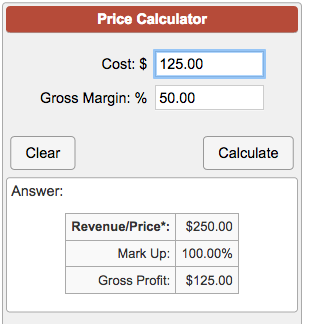
The improvements, like new subway cars and electric signals, are crucial to draw new riders and improve speed and accessibility - especially for low-income and minority residents, who are least likely to own cars, say plan advocates. The MTA says congestion fees will generate a critical source of revenue to fund $15 billion in future investments to modernize the city’s 100-year-old public transit system. About 75% of trips downtown are via public transit.īut public-transit ridership is 25% to 30% lower compared to pre-pandemic levels, according to the MTA. Proponents also note it will improve public transit, an essential part of New York life. The toll is designed to reduce the number of vehicles entering the congestion zone by at least 10% every day and slash the number of miles cars travel within the zone by 5%.Ĭongestion comes with physical and societal costs, too: more accidents, carbon emissions and pollution happen as honking cars take up space that could be optimized for pedestrians and outdoor dining. New Yorkers lose 117 hours on average each year sitting in traffic, costing them nearly $2,000 in lost productivity and other costs, according to one estimate. Public bus speeds have also declined 28% since 2010. Ultimately, it was the need to improve New York City’s public transit that became the rallying cry for congestion pricing.Įach day, 700,000 cars, taxis and trucks pour into Lower Manhattan, one of the busiest areas in the world with some of the worst gridlock in the United States.Ĭars travel at just 7.1 mph on average in the congestion price zone, and it’s a downward trend. Two years later, the state gave the MTA approval to design a congestion pricing program. Andrew Cuomo - who had long resisted congestion pricing - said it was “an idea whose time has come” and declared a subway state of emergency after increased delays and a derailment that injured dozens. In 2007, Mayor Michael Bloomberg called congestion “the elephant in the room” when proposing a toll program, which state lawmakers killed. Despite support from several New York City mayors and state governors, car and truck owners in outer boroughs and the suburbs helped defeat proposals. The plan would also mark the culmination of more than a half-century of efforts to implement congestion pricing in New York City. “This program is critical to New York City’s long-term success,” New York Gov. Congestion pricing advocates say it’s a crucial piece of the city’s recovery and a way to re-imagine the city for the future. New York City is still clawing out of from the devastating impact of the Covid-19 pandemic. The New York Metropolitan Transportation Authority (MTA) can now begin the process of finalizing toll rates, as well as discounts and exemptions for certain drivers. The plan had been delayed for years, but it cleared a milestone last month when the Federal Highway Administration signed off on the release of an environmental assessment. Proposals range from charging vehicles $9 to $23 during peak hours.

In practice, it works like any other toll, but because it specifically charges people to drive in the traffic-choked area below 60th street in Manhattan, it would be the first program of its kind in the United States.

The toll is formally known as the Central Business District Tolling Program - but it’s commonly called “congestion pricing.” The decision paves the way for the city to begin the program as soon as next spring.ĬNN has reached out to the Federal Highway Administration for comment.
#GETTY IMAGES PRICING CALCULATOR DRIVERS#
New York City has been cleared to implement congestion pricing, a practice that allows the city to charge drivers entering Lower Manhattan, New York Gov.


 0 kommentar(er)
0 kommentar(er)
